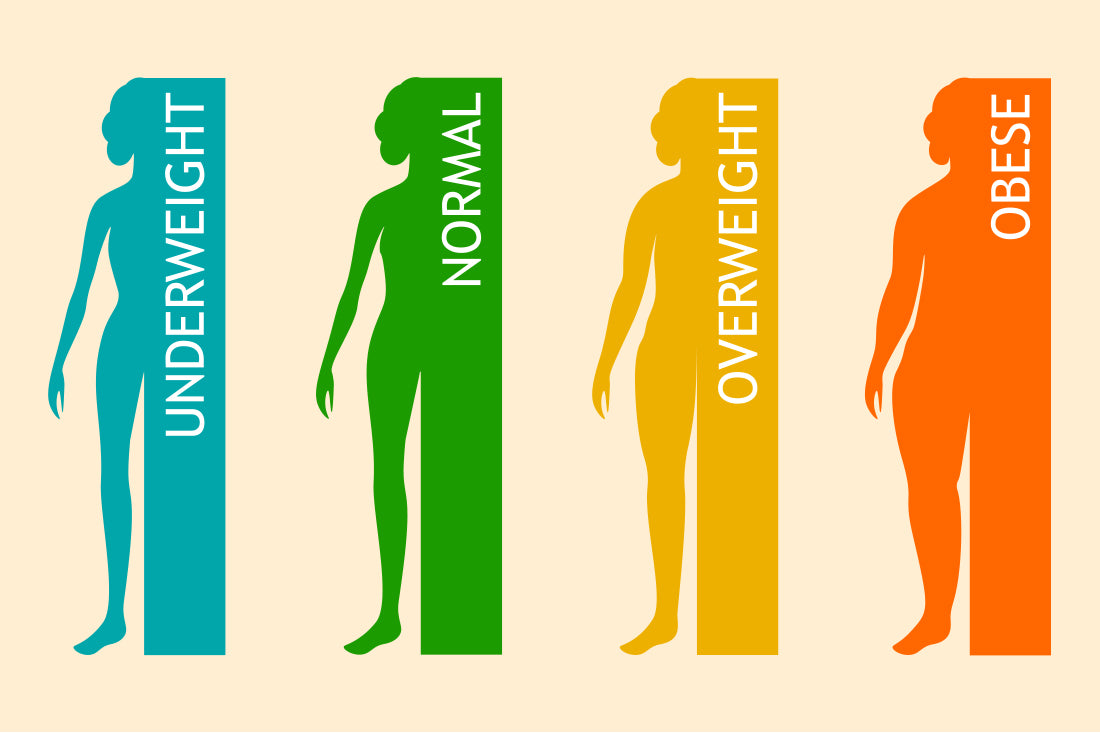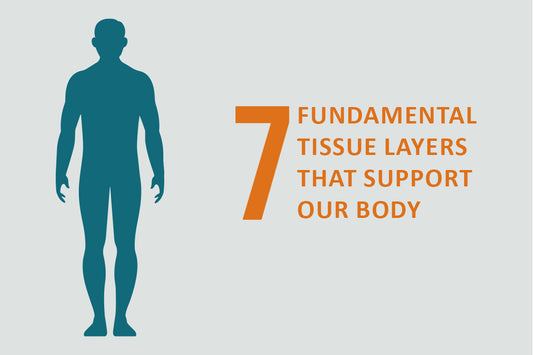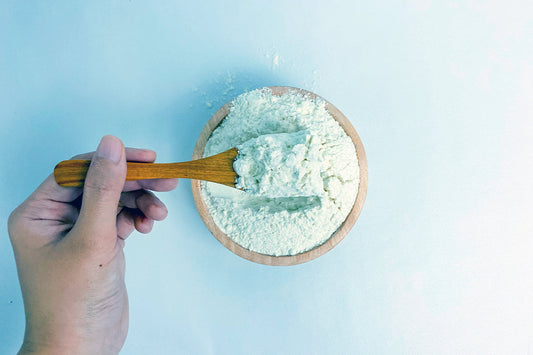When it comes to assessing our health status, understanding our Body Mass Index (BMI) and body fat percentage can provide significant insights. Both metrics offer valuable information about our body composition and can indicate potential health risks associated with excess fat, particularly abdominal fat. Here, we'll explore what constitutes a healthy BMI and body fat percentage, and how these figures relate to overall health.
Understanding BMI
BMI is a straightforward measure that uses height and weight to estimate how much body fat a person has. To calculate BMI, you divide a person's weight in kilograms by their height in meters squared. The resulting number places them in one of several categories:
- Underweight: BMI less than 18.5
- Normal weight: BMI 18.5 to 24.9
- Overweight: BMI 25 to 29.9
- Obese: BMI 30 or higher
While a high BMI can indicate a higher risk for conditions such as heart disease and diabetes, it's important to note that BMI does not differentiate between muscle and fat mass. This leads us to the importance of also understanding body fat percentage.
Body Fat Percentage
Body fat percentage is precisely what it sounds like—the percentage of your body mass that is made up of fat. Unlike BMI, which provides a broad category of weight, body fat percentage gives a clearer picture of your fitness level. Here are the general body fat ranges recommended for good health:
- Essential fat: 2-5% in men, 10-13% in women
- Athletes: 6-13% in men, 14-20% in women
- Fitness: 14-17% in men, 21-24% in women
- Average: 18-24% in men, 25-31% in women
- Obese: 25%+ in men, 32%+ in women
Measuring Body Fat
To accurately measure body fat percentage, there are several methods available:
- Bioelectrical Impedance: This method uses a device to send a small electrical current through your body. Fat resists electricity, so the resistance helps estimate your body fat.
- Dual-Energy X-ray Absorptiometry (DEXA): Considered one of the most accurate methods, DEXA scans can differentiate between bone mass, fat mass, and muscle tissue.
- Calipers: Often used in health clubs, calipers measure the thickness of fat at different points on the body and estimate total body fat.
- Waist Circumference and Waist to Hip Ratio: These measures help assess fat distribution and potential risk for heart disease and other health issues related to higher body fat percentages.
BMI vs. Body Fat
While BMI and body fat percentage both provide valuable health information, they do so in different ways. A person can have a normal BMI but still have a high body fat percentage, a scenario often referred to as "skinny fat." On the other hand, individuals with a high BMI might be perfectly healthy if their weight is due to muscle rather than fat.
The Link Between Fat Distribution and Health Risks
The distribution of body fat, particularly abdominal fat measured by waist circumference, is a critical factor in health. Excessive abdominal fat is a significant risk factor for cardiovascular disease, diabetes, and increased inflammation. Maintaining a healthy waist circumference can greatly reduce these risks.
- Healthy waist circumference: Less than 40 inches (102 cm) for men and less than 35 inches (88 cm) for women.
How to Maintain Both BMI and Body Fat Percentage in Control
Maintaining a healthy BMI and body fat percentage is crucial for overall health and well-being. It involves a combination of a balanced diet, regular physical activity, and lifestyle management. Here are some effective strategies to help you keep both these measures in control:
Eating a nutritious, balanced diet is key to controlling your BMI and body fat percentage. Focus on including a variety of foods in your meals:
- Fruits and Vegetables: Aim for a colorful array of fruits and vegetables. They are high in fiber, vitamins, and minerals, with low calories, helping you feel full and satisfied without overeating.
- Lean Proteins: Incorporate lean sources of protein such as chicken, fish, legumes, and tofu. Protein is essential for muscle repair and growth, especially if you're active, and it helps to keep you feeling full longer.
- Whole Grains: Replace refined grains with whole grains like quinoa, oats, and whole wheat bread. Whole grains contain more fiber and nutrients than their processed counterparts.
- Healthy Fats: Include sources of healthy fats in your diet, such as avocados, nuts, seeds, and olive oil. These fats are crucial for heart health and can help to regulate weight.
Exercise plays a vital role in maintaining a healthy BMI and body fat percentage. It helps burn fat mass and builds muscle, which can improve your metabolic health:
- Aerobic Exercise: Activities like walking, running, cycling, and swimming increase your heart rate and burn calories, helping to reduce fat, especially abdominal fat.
- Strength Training: Lifting weights or using bodyweight exercises helps build muscle mass, which can increase your metabolic rate and reduce fat percentage.
- Flexibility and Balance Exercises: Practices like yoga and Pilates improve your strength, flexibility, and balance, and can also help manage stress, which is often linked to weight gain.
- Consistent Monitoring
Keeping track of your BMI and body fat percentage can motivate you and help gauge what’s working. You can use tools like:
- Regular Weigh-ins: Weigh yourself at the same time each week to monitor changes.
- Measurements: Use a tape measure to track changes in waist circumference and overall body size.
- Body Fat Scales: Consider investing in a scale that measures body fat through bioelectrical impedance.
Stress can lead to weight gain and a higher body fat percentage by triggering overeating and increasing the production of the hormone cortisol, which promotes fat storage, especially around the waist. Managing stress through meditation, mindfulness, adequate sleep, and hobbies can help control these reactions.
- Sleep Well
Adequate sleep is essential for weight management. Aim for 7-9 hours of quality sleep per night. Poor sleep can disrupt appetite-regulating hormones, leading to increased appetite and a higher likelihood of weight gain.
- Stay Hydrated
Drinking plenty of water is often overlooked in weight management. Hydration aids in digestion and can help control appetite. Sometimes, thirst is confused with hunger, so staying hydrated can prevent unnecessary snacking.
Conclusion
Understanding your BMI and body fat percentage can provide a more complete picture of your overall health. Remember, higher body mass index or BMI and higher body fat percentages can increase health risks, so it's important to use these tools as part of a broader assessment of your health, including lifestyle and genetic factors. Regularly monitoring these metrics can help you maintain a healthy body composition and reduce the risk of developing associated diseases.






